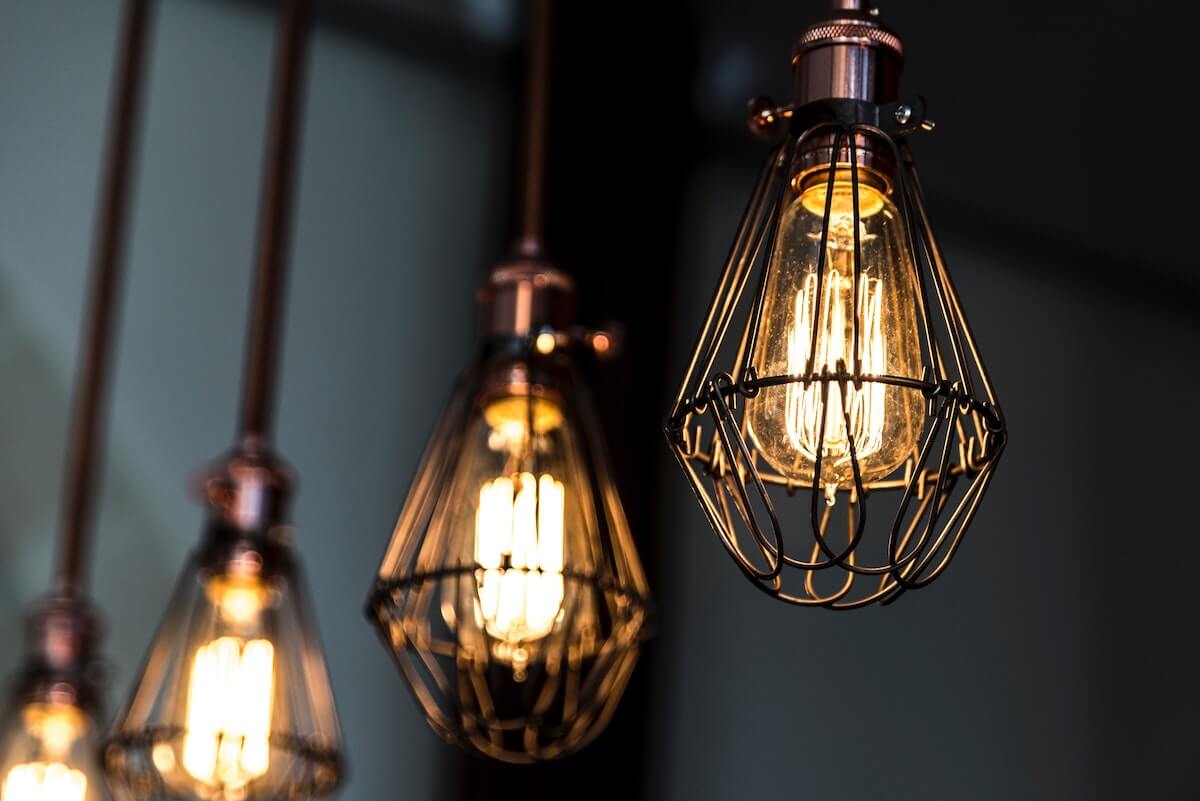Why Lighting should be in the heart of Bar & Restaurant design?
September 4, 2020
When it comes to food and drinking establishments, proper lighting is paramount. Lights from both natural and artificial lighting, when properly planned can create an inviting atmosphere. Strategic illumination can set the mood of interior space. This further boosts the occupants’ sensory experiences and provides the desired ambiance.
Aside from creating an atmosphere, lighting is critical when to efficiency, productivity, and safety of the staff and employees.
Your lighting can never be an afterthought. Without proper lighting, it can break the overall look of your restaurant or bar, however beautiful or stunning your other design elements may be.
We’ve listed here the 4 Important Lighting Types for your Bar or Restaurant.
- Ambient Lighting – General Lighting
Importance: Safe circulation of space, foundational layer of lighting
Ambient lights are placed to provide general lighting to your establishment, helping your customers and employees to maneuver easily and safely through space. These lights serve as the base lighting when it comes to layering of your lighting. For ambient illumination, these are usually overhead luminaires, recessed lights, chandeliers, track lighting, or pendant lights.
- Focal Lighting- Visual Interest Lighting
Importance: Highlight important areas or features, creates overall contrast
Creating visual interest and makes a lively and dynamic atmosphere. You can highlight décor elements such as paintings, feature walls, or any other artwork. This lighting level is also perfect in accenting points in your operation, such as menu boards, advertisements, or open kitchen areas. Emergency lights should also be highlighted using focal luminaires like troffers or recessed lights.
For a dramatic effect, your focal lighting should be 3x brighter than your ambient lights. Sconces or pendant lights, adjustable track lights, torchiere lights, and cove lights are a few focal lights that can be incorporated.
- Work Lighting – Visual Task Lighting
Importance: Safety of kitchen staff, ensures the efficiency of employees
If you have excellent task lighting, you’ll expect employees to complete the task accurately. Task lights are generally placed in the kitchen, reception, or counters. Kitchen areas should be well lit, as safety is a priority. With proper lighting, kitchen staff should able to see clearly all the kitchen utensils and ingredients being used.
Task lights include both fixed and adjustable luminaires. Adjustable task lights include gooseneck, balanced-arm lamp, and track lights. Fixed task lights on-the-other-hand include pendant lights and downlights.
- Day Lighting- Natural Illumination
Importance: Natural anti-bacterial properties, creates a lively mood, saves on energy costs.
Regardless of what restaurant or bar business you have, natural light from the sun is beneficial, and it should go hand-in-hand with your artificial lighting. Natural illumination should be maximized, but glare and heat retention should be avoided. Surface materials can also affect your overall lighting, so be sure to include all design considerations when planning.
To control natural lighting, blinds and draperies can be installed as well as smart windows that can self-tint during the day when the sun is at its highest.
Just like in a theater stage, layers of light create, enhances, and highlight key elements. Regardless of what type of restaurant, lighting is critical. It’s not enough in having beautiful luminaires, all your lights should work harmoniously, and it helps to have controllable features on your lighting system. This makes it easier to adjust the degree of brightness and color.
Around 50% of the energy consumption of bars and restaurants comes from lighting alone. You can choose LED or sensory lights to cut off costs. Along with a properly planned lighting system, you can ensure that your costumers and staff are getting the optimum benefits of natural and artificial illumination.


